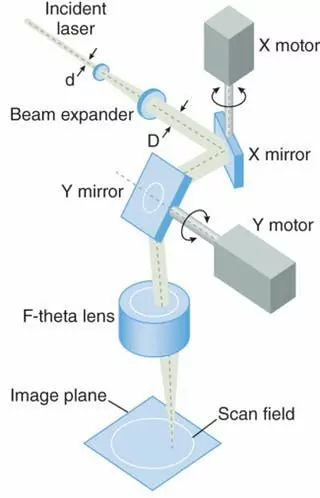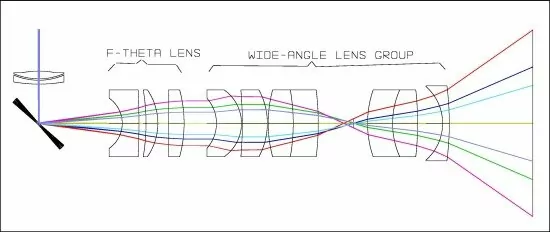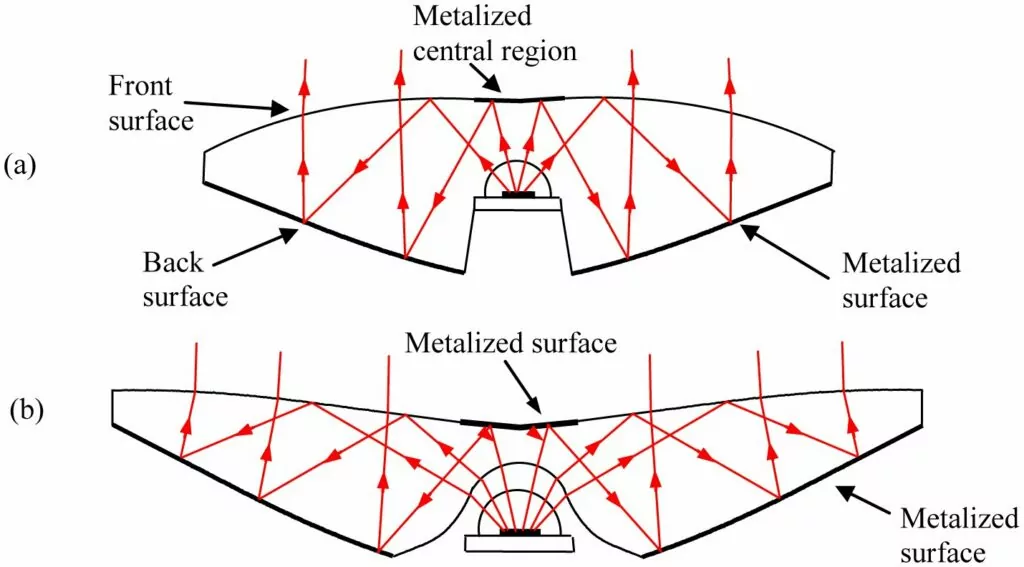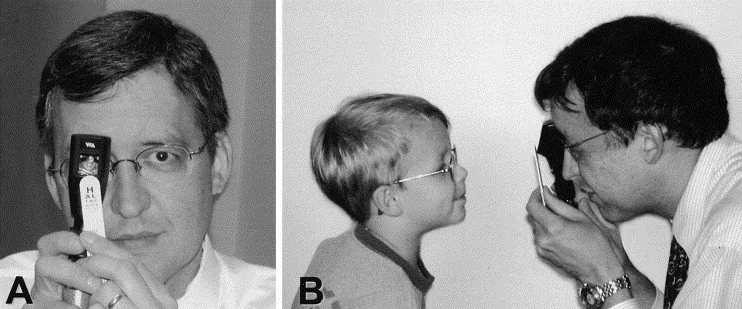Scan Mirrors In Industrial Welding

Industrial Welding: Enhancing Scanning Mirror PerformanceThis is our last entry in the scanning mirrors series. In this article, we focus on the use of scanning mirrors in industrial welding environments. As you can imagine, not only do the optical requirements differ from those of a scanning microscope, but the mechanical demands also change significantly due […]
Steering Mirrors In LIDAR Systems

This is our third installment of a four-series blogs about steering mirrors. We have talked previously about steering mirrors in laser markings and steering mirrors in OCT systems. This week, we will talk about the steering mirror requirements for those in LIDAR systems. In the past we, have talked about the lens design in LIDAR […]
Aviation Light Optic Design

Aviation Light is a critical component in ensuring the safety and efficiency of air travel. In the last month, I have had the need to travel several times by airplane. So, after several hours enjoying $15 sodas and $30 hamburgers at the airport gates, I started paying more attention to the different aviation light systems […]
RXI Collimators explained

Optical RXI collimators, also called non-imaging concentrators are optical components that can collect and project light from a source. Common examples include solar collectors that concentrate the sun’s light and project it to heat a surface or direct it to solar panels. Another application is to control the hemispheric radiation of an LED. Non-imaging concentrators […]
Key Differences Between Retinoscope, Ophthalmoscope, and Non-Contact Tonometers: Optimized Optical Layouts for Accurate Eye Examinations

Introduction In this article, we will explore the construction and optical layout of both the retinoscope and the ophthalmoscope, highlighting their unique designs and functionalities. Understanding these differences is crucial for professionals looking to select the most suitable tool for precise eye examinations. Whether you are focusing on the improved accuracy of a retinoscope or […]
Rigid Endoscope Design

Endoscopes are medical devices designed to collect the smallest images from inside the human body. Endoscopes can be divided into two categories: rigid endoscopes, in which relay lenses are stacked together generally creating a high-quality image, and flexible ones-devices of lower cost where a camera is inserted near the tip of the endoscope while the […]